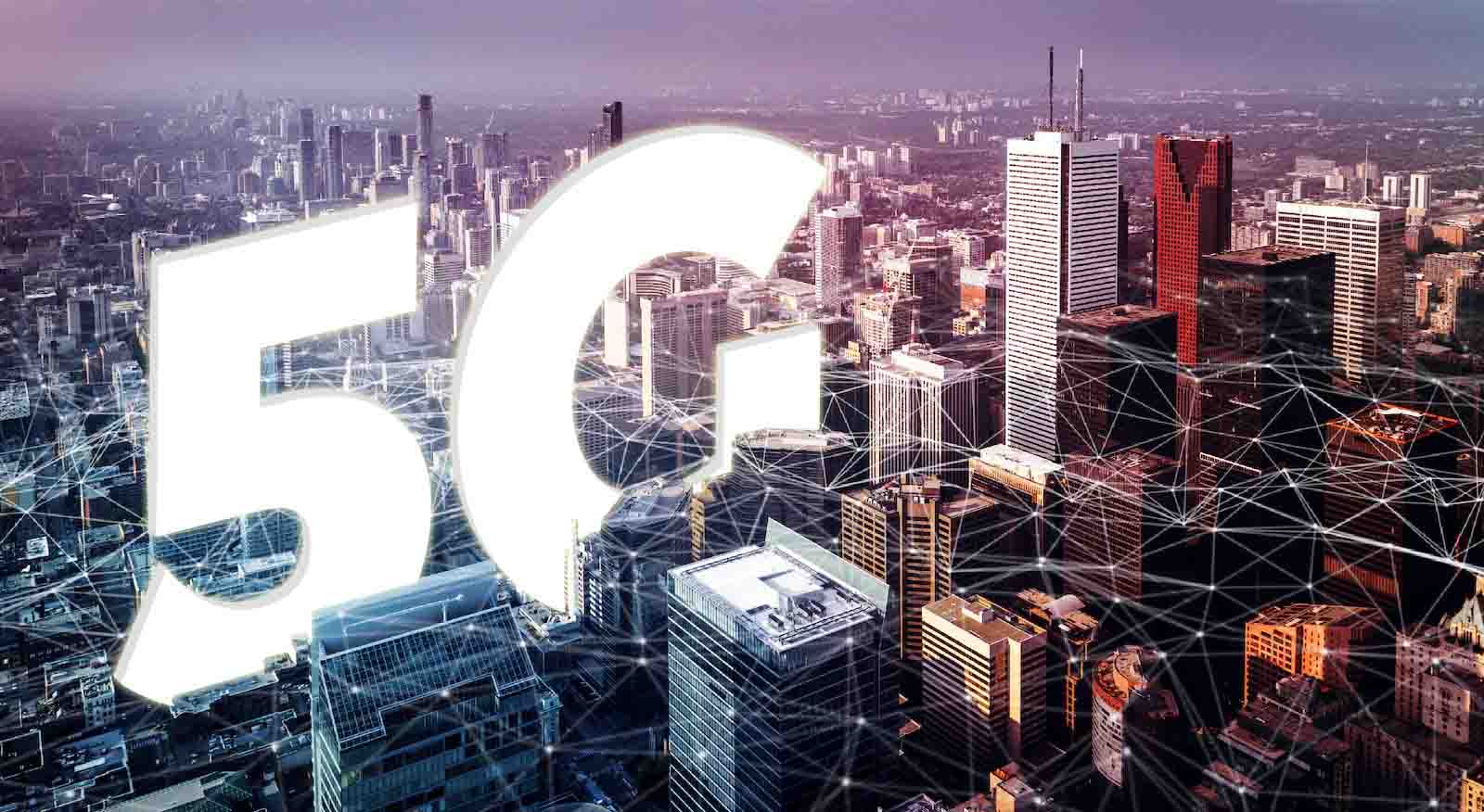Crepost Insights
Exploring the latest trends and stories in the world of news and information.
5G: The Fast Lane to Our Connected Future
Discover how 5G is revolutionizing our world and paving the way for an ultra-connected future. Don't miss out on the fast lane!
Understanding 5G: How It Works and Its Impact on Our Lives
Understanding 5G technology is essential as it represents a leap forward in telecommunications, promising faster speeds, lower latency, and greater connectivity compared to its predecessor, 4G. 5G operates on a diverse range of frequencies, including millimeter waves, which can carry vast amounts of data over short distances, and sub-6 GHz frequencies, which offer broader coverage but slightly lower speeds. By utilizing a technology known as MIMO (Multiple Input Multiple Output), 5G can connect multiple devices simultaneously without compromising network performance, enabling the growth of the Internet of Things (IoT), smart cities, and autonomous vehicles.
The impact of 5G technology on our lives is profound, as it enhances everything from mobile connectivity to critical applications in health care and public safety. With its capabilities, industries can innovate quickly; for example, doctors can perform remote surgeries with real-time feedback, while manufacturing can achieve higher efficiency through connected machinery. Furthermore, the advent of 5G is set to revolutionize entertainment, allowing for high-definition streaming and immersive virtual reality experiences. As we continue to explore this new era of connectivity, understanding the potential of 5G is vital for leveraging its benefits responsibly and sustainably. For a deeper insight, check out the extensive reports from GSMA on 5G's global impact.

The Benefits of 5G: Transforming Industries and Everyday Experiences
The advent of 5G technology is set to revolutionize various industries, offering faster speeds, reduced latency, and enhanced connectivity. Key sectors such as healthcare, transportation, and manufacturing are already beginning to harness the power of 5G networks. For instance, in healthcare, 5G connectivity enables real-time remote monitoring and telemedicine, which can drastically improve patient outcomes. Similarly, in the transportation industry, 5G facilitates the development of autonomous vehicles by providing critical data exchange between vehicles and infrastructure, resulting in enhanced safety and efficiency.
Beyond industrial applications, 5G technology is also transforming everyday experiences for consumers. With significantly faster download and upload speeds, users can enjoy uninterrupted streaming, high-quality video calls, and seamless online gaming. This advancement creates opportunities for developers to create more immersive and interactive applications. According to The Verge, the integration of 5G will lead to a surge in smart home devices, which can communicate more efficiently, enhancing convenience and energy management for households. As 5G continues to expand, its impact on daily life will become increasingly profound, paving the way for a more connected and technologically advanced future.
Is 5G Safe? Debunking Myths and Addressing Concerns
As the rollout of 5G technology continues across the globe, many individuals have raised concerns regarding its safety. These concerns largely stem from misconceptions about the electromagnetic fields (EMF) generated by 5G networks. According to the World Health Organization, studies have shown that this technology operates within the established safety limits for EMF exposure. Moreover, the frequency bands used by 5G are similar to those used in previous generations of mobile technology, which have been extensively researched without conclusive evidence of harm.
Despite the mounting evidence supporting the safety of 5G, several myths continue to circulate. For instance, one common myth is that 5G causes health issues such as cancer. The American Cancer Society confirms that, as of now, there is no direct link between exposure to radiofrequency radiation and cancer risk for 5G users. It's crucial to differentiate between scientifically backed facts and unfounded fears, ensuring that our understanding remains grounded in research rather than speculation.